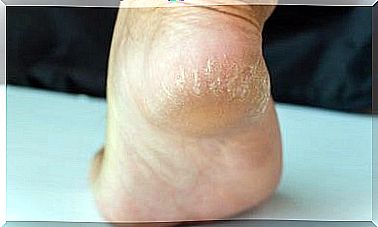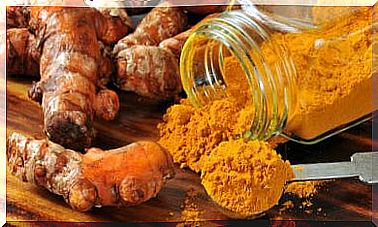Uses And Side Effects Of Comfrey
Comfrey (Symphytum officinale) is a perennial plant that has been used for various medicinal purposes throughout history. It belongs to the Boraginaceae family and grows in the form of a shrub in lands of countries such as Europe, Asia and North America.
In traditional medicine the roots and leaves of the plant are usually used. In fact, in countries like Japan, it is known as a knitbone and is used for muscle sprains, bruises, and superficial wounds. What does the evidence say? Next, we will tell you all about it.
Common uses of comfrey
First of all, it is important to note that comfrey is one of those plants that must be used with caution. Although some studies support its medicinal properties, it has also been warned about the presence of toxic products, such as pyrrolizidine alkaloids, which can harm health.
In fact, some countries have banned the sale of oral comfrey preparations and it has not been approved by the Food and Drug Administration (FDA). Therefore, it is best to completely avoid its consumption and use it only topically, in specific cases.
Back pain
On its own, comfrey root has not shown effectiveness against back pain. However, in a study published in Phytotherapy Research , creams that had comfrey root were helpful in soothing upper and lower back pain.
Specifically, it seems that the application of this product on the affected area, for five days, reduces the sensation of pain and tension. However, more studies are still needed to corroborate these effects.

Sprains
Preliminary evidence suggests that topical treatments with comfrey extract can improve mobility and decrease pain in sprains. Even the effects of its application for two weeks have been compared to those of diclofenac gel.
Osteoarthritis
In an investigation published in the Journal of Chiropractic Medicine , the application of active topical comfrey formulations were useful against the symptoms of knee osteoarthritis. Specifically, the ointment combined:
- Comfrey extract.
- Tannic acid.
- Aloe vera gel.
- Eucalyptus oil.
- Frankincense oil.
In a period of 6 to 12 weeks, people who used this remedy, 3 times a day, experienced a decrease in stiffness and pain, even more than those who used a placebo cream.
Side effects of comfrey
At present, due to findings on its toxic compounds, oral comfrey remedies are not recommended. Chemicals, such as pyrrolizidine alkaloids, can cause liver damage, lung problems, and cancer, according to evidence.
However, although its topical use is considered safe in small amounts, occasionally, it has been suggested that some of its toxic agents can pass through the skin. For this reason, its use on open wounds is discouraged. Also, it should not be used in large quantities or for more than 6 weeks.
So far, it is completely contraindicated for:
- Women in a state of pregnancy and lactation.
- Serious burns and injuries.
- Liver disease.
- Treatments with acetaminophen, amiodarone, fluconazole, itraconazole, among others.

What is the safe dose?
Coinciding with the research mentioned, there are several standard dosages that can be considered safe when using comfrey. Regardless, it is always important to follow the recommendations of the manufacturer, pharmacist or doctor.
- In case of back pain, 4 grams of ointment with 35% comfrey root extract can be applied 3 times a day, 5 days a week.
- For sprains, 2 grams of ointment with 35% comfrey extract are enough, 4 times a day, for 8 days.
- As an adjunct against the symptoms of osteoarthritis, the dose is 2 grams of ointment with 35% extract of comfrey root, 3 times a day, for 3 weeks. It can also be a 3.5 gram dose of cream with comfrey extract, tannic acid, aloe vera gel, eucalyptus oil and frankincense oil. This last option is used 3 times a day, for up to 12 weeks.
In case of comfrey overdose, it is advisable to seek immediate medical attention. Likewise, it is essential to consult in case of presenting any disease and intend to use products with plant extracts.









